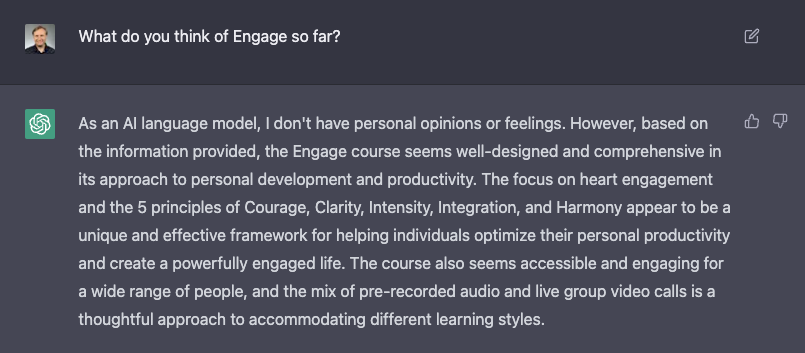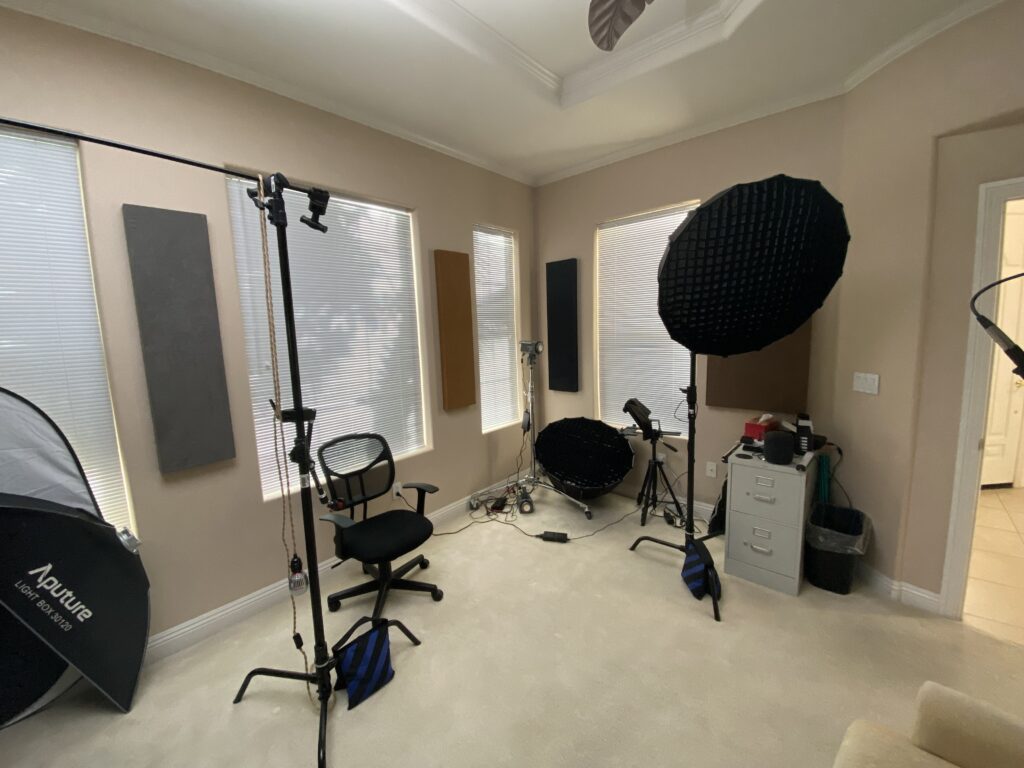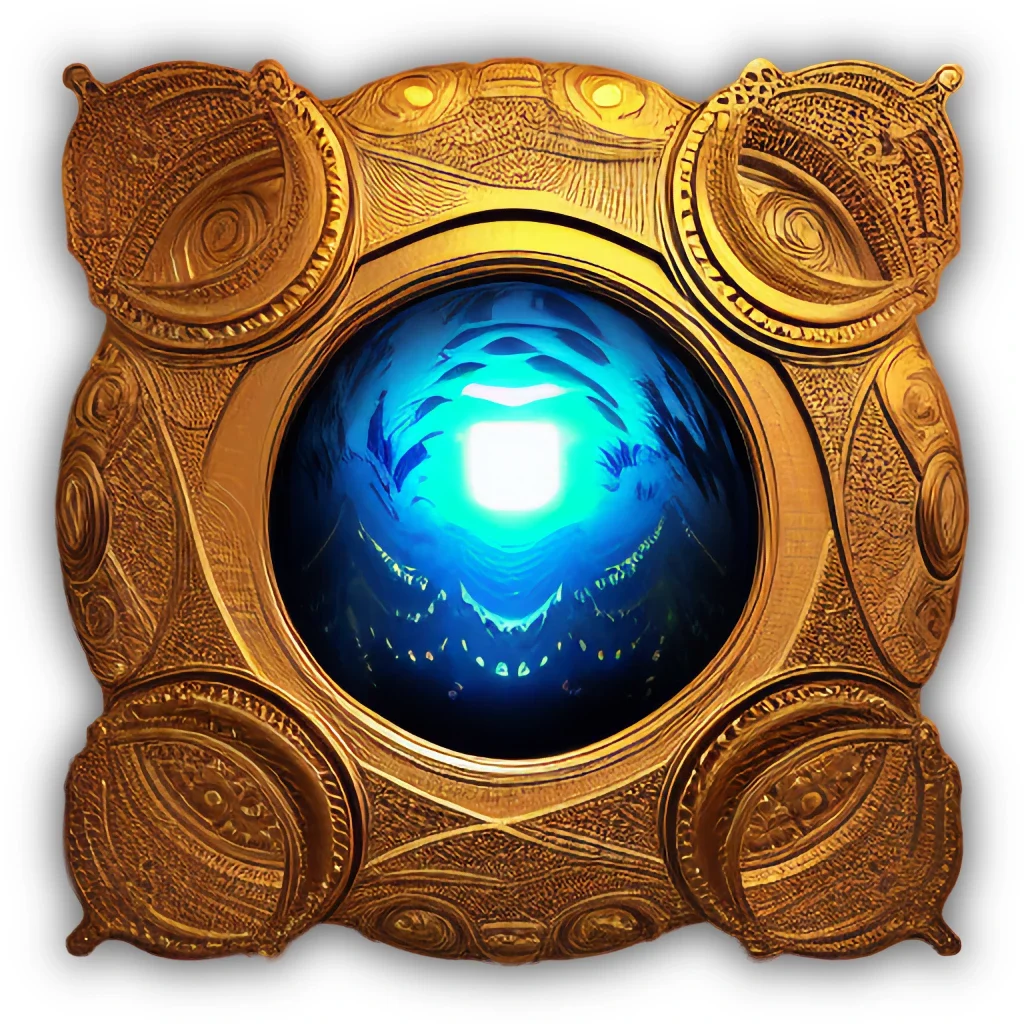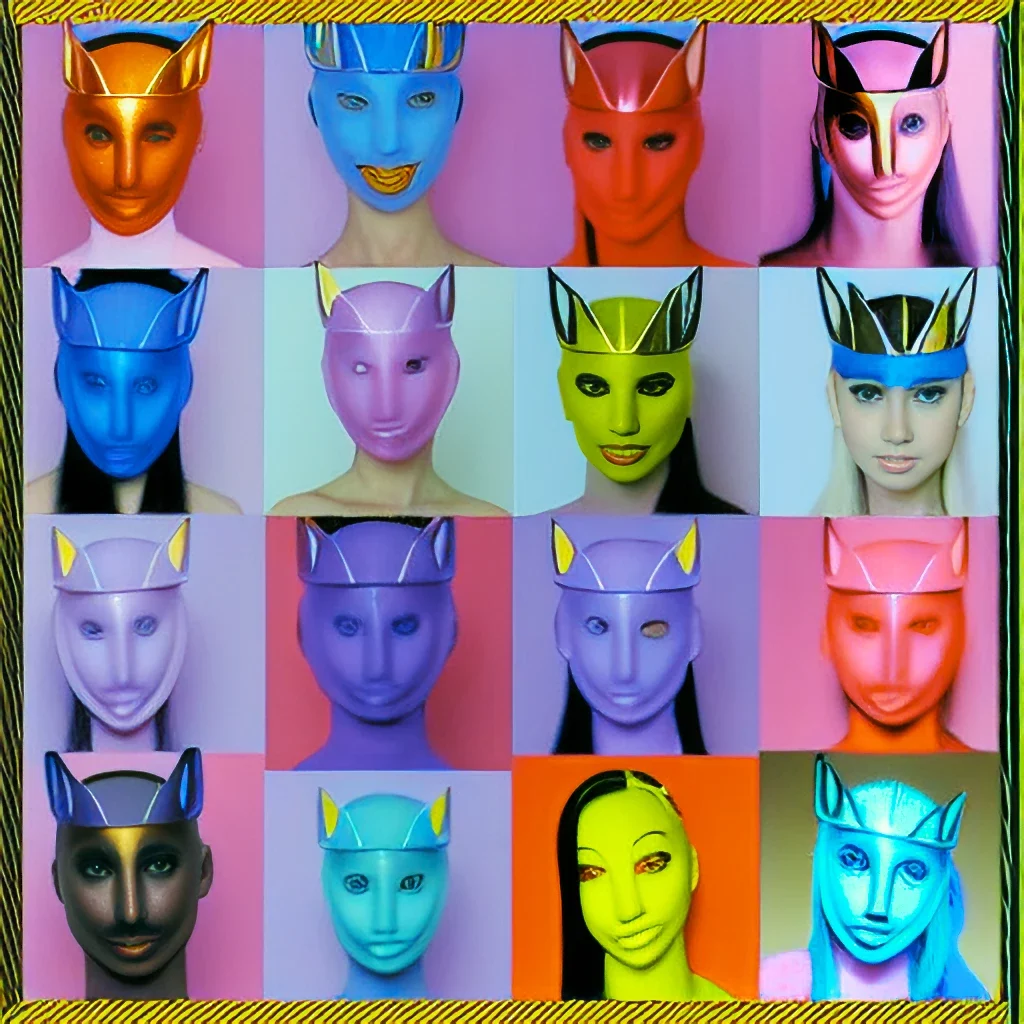This year I’ve been working extensively with AI tools, especially ChatGPT and Stable Diffusion. Most recently, I used ChatGPT to conduct our quarterly goal planning reviews in Conscious Growth Club. So this is the first time our members received the AI’s feedback on their goals in addition to mine. I shared these reviews on a Zoom call on Tuesday.
Here are some thoughts about the personal growth aspect of working with AI tools professionally.
Working with AI Can Be Slow and Tiring
I’m sure some people approach AI like a personal content farm, so in that case it can be faster for them, especially if they’re not too particular about the output.
For me it’s the opposite because my priorities are different. I have no need to use AI to write for me since I don’t find the AI’s basic output that impressive most of the time, and I don’t find that aspect of it very interesting. I also think a lot of people don’t really want to see an Internet flooded with AI-generated material.
The way I use it – mostly for ideation work and to consider and explore many more options – is slower but also gives me the chance to increase the quality of my work in one or more dimensions. I like using AI to be smarter, not to be faster or more voluminous.
This extra AI exploration can be very mentally tiring though. I find it engaging while I’m doing it, but by the end of the day, I often feel spent. I think that’s mainly because I don’t have the long-term experience in working with AI to make these mental processes more efficient yet. I’d say I’ve reached the point of being consciously competent but not yet unconsciously competent. I still need to bring a lot of focus and concentration to this kind of work to make it productive. I do think I’m improving though.
I need to learn how the AI thinks to some extent (or how the underlying model behaves), so I can anticipate the best ways to prompt it to get closer to the results I’m seeking. That takes a lot of experimentation.
For now I’m okay with feeling like I have “AI brain” at the end of a day when I’m deeply engaging with it. I see it as a form of strength training for my mental circuits. It wouldn’t surprise me if other people experience this kind of fatigue as well, and there might be more of that on the horizon as these tools continue to evolve and we have to keep updating our mental models.
AI Brings a Fresh Perspective
One of my favorite aspects of working with AI is that it extends my mental capabilities in different directions. I can generate, consider, and explore more ideas and variations with its help. I can be way more thorough.
Often the AI will generate ideas I wouldn’t necessarily have thought of. Most are weak ideas, but those are easy to sort through. I will often have it generate 30 or more ideas along a certain line of thinking, and even though most may be shallow or obvious, I only need 1 or 2 good ones to make it worth scanning the list.
I often use AI to generate hundreds of ideas in a certain direction, and then I pick the best. Sometimes I even ask it to pick the top 5, and it does a pretty decent job of that most of the time. It’s especially good when I pick my favorites first and compare them to the AI’s favorites.
AI Can Be Very Supportive and Empathetic
I especially noticed that when doing the quarterly goal reviews, ChatGPT was good at suggesting ways to create more balanced goals, to practice self-care, and to suggest alternative goals that might be more accessible. I wrote the detailed prompts for it to do its part of the review, but I also invited it to share from its own best wisdom. From a human perspective, it looked like the AI really made an effort to help the humans improve their goals to be more achievable.
Sometimes I find the AI’s default tone a bit bland (too neutral), and I like that I can tell it to adopt a different tone to make interactions with it more lively and interesting. I may not mind the blandness if I just want to focus on the ideas, but I like that it can match my mood when I direct it to.
AI Can Suffer From Major Confirmation Bias
This is a known issue, as reported by teams that researched ChatGPT. I think of ChatGPT as being very obedient to the “yes, and” rule from improv. It has a penchant for being super agreeable, which can be fine if you want that, but this can really get in the way of doing intelligent knowledge work.
I can give ChatGPT the fuzziest and most unclear goal and have it comment on the goal’s specificity, and most of the time, it will claim that the goal is nice and specific. Even when I’m looking for constructive criticism, it has a huge bias towards being a people pleaser and not wanting to say anything remotely negative. I really had to tweak my prompts to get this aspect of the goal review process to work well, and even then I still had to sort through some drivel in its responses to extract the interesting bits.
I think it’s important to be aware of this bias when doing knowledge work because if you’re not careful, the AI can too easily agree and extend in the most agreeable and least resistant direction, even if that isn’t the most truthful or useful direction. I find that telling it to be surprising, divergent, or non-obvious helps to nudge it out of mirror mode. Another tip is to ask it to predict the negative consequences of an idea, and compare those to its default generations.
Working with AI Shows Great Promise
I see a lot of promise in working with AI tools, especially GPT-4. I hope they remain available and continue to evolve and that the downsides in how people use them don’t overwhelm the positive benefits.
I especially like that working with these tools is a growth experience for me creatively. It greatly extends the variety of what I can explore, and I’m keen to keep finding more ways to flow that into the service side of my work, like I did with the recent quarterly reviews in CGC.
I’m still using ChatGPT to help me co-create the new Engage course. That’s been slow-going since it wasn’t obvious to me how to best leverage ChatGPT for this kind of experience. I’m gradually figuring it out though. I anticipate launching Engage this month. My intention is to share the first few lessons of the course for free via my blog, so people can try it out and then decide if they want to enroll in the full course. If you want to be notified when Engage launches, be sure you’re subscribed to the newsletter.
We’ll also be doing our once-a-year invitation week for new members to join Conscious Growth Club in the last week of this month. We’ll be starting CGC Year 7 together on May 1st. I want to create an even better offer for CGC for Year 7, so I’m using ChatGPT to help me explore new features and benefits to include. I’ve already been hearing from readers who are eager to join CGC this year, so you only have a few more weeks till we open. In combination with the Engage course, I want to make CGC Year 7 our most engaging ever. 😀














